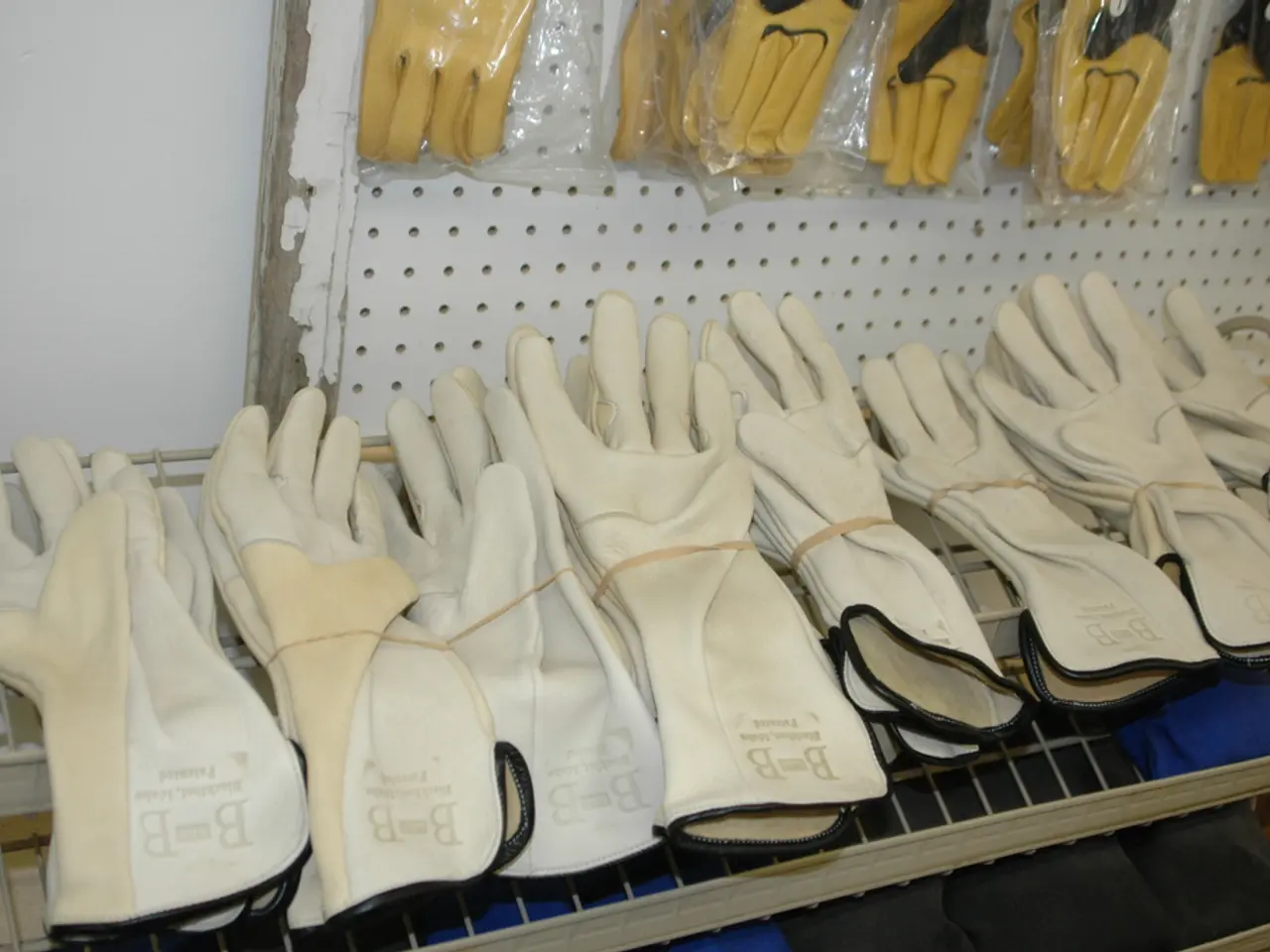Medicare's coverage for wheelchairs: A yes or no answer?
In the realm of healthcare, navigating the complexities of insurance coverage can be a daunting task. However, understanding Medicare, a health insurance programme for the elderly and disabled, is crucial for many individuals. This article delves into the coverage provided by Medicare Part B for both doctor's visits and medically necessary mobility devices such as wheelchairs and scooters.
Medicare Part B, which covers outpatient care, includes doctor’s visits, whether they take place in a doctor’s office, clinic, or even in a hospital’s outpatient department. This coverage applies to medically necessary visits—those required to diagnose or treat an illness or condition—as well as preventive services such as screenings, vaccines, and annual wellness visits. After meeting the annual Part B deductible ($257 in 2025), Medicare generally pays 80% of the Medicare-approved amount for these services, with the beneficiary responsible for the remaining 20% as coinsurance.
When it comes to mobility devices, Medicare Part B provides coverage for such equipment if they are deemed **medically necessary** and prescribed for use in the home. These devices are classified as **Durable Medical Equipment (DME)**. Coverage includes both purchase and rental, depending on the device and medical need.
To qualify for coverage, several requirements must be met. Firstly, the beneficiary must have a recent, in-person evaluation with a Medicare-enrolled healthcare provider who can prescribe the device. The provider must document in the medical record that the mobility device is necessary for mobility in the home due to a condition that impairs movement. A detailed prescription (a seven-element written order) must be completed, typically within 45 days of the face-to-face exam. The order must specify the device, any accessories, and the medical rationale. The device must be obtained from a Medicare-approved Durable Medical Equipment (DME) supplier, and for certain devices, prior authorization from Medicare may be required before coverage is approved.
Once these requirements are met, the patient pays the Part B deductible (if not yet met) and 20% coinsurance; Medicare pays 80% of the approved cost. Medicare also covers repairs and necessary maintenance for approved DME.
In summary, Medicare Part B covers both doctor’s visits and medically necessary mobility devices when prescribed and obtained through proper channels. Documentation and supplier compliance are critical for DME approval. Patients are responsible for the Part B deductible and 20% coinsurance for covered services and equipment. Preventive visits are covered to help maintain health and prevent illness.
Here's a summary table to help understand the coverage:
| Service/Device | Covered? | Requirements | Cost Sharing (2025) | |------------------------|----------|-------------------------------------------------|-------------------------------| | Doctor’s Visit | Yes | Medically necessary or preventive | 20% coinsurance after $257 deductible[1][3] | | Wheelchair/Scooter | Yes* | Medically necessary, prescribed, home use, from approved supplier | 20% coinsurance after $257 deductible[2][4] | | Repairs/Maintenance | Yes | For approved DME | 20% coinsurance after deductible[4] |
\*Only one type of mobility device per beneficiary; prior authorization may be required.
Key points to remember:
- **Medicare Part B covers both doctor’s visits and medically necessary mobility devices** when prescribed and obtained through proper channels[1][2][4]. - **Documentation and supplier compliance are critical** for DME approval[4]. - **Patients are responsible for the Part B deductible and 20% coinsurance** for covered services and equipment[2][3][4]. - **Preventive visits are covered** to help maintain health and prevent illness[1][5].
- Medicare Part B, a health insurance program, provides coverage for doctor's visits and medically necessary mobility devices, such as wheelchairs and scooters, when prescribed and obtained through approved channels.
- For medicare-approved mobility devices to be covered, a beneficiary must have a recent, in-person evaluation, meet several requirements, and obtain the device from a Medicare-approved Durable Medical Equipment (DME) supplier.
- After meeting the annual Part B deductible ($257 in 2025), Medicare generally pays 80% of the Medicare-approved amount for these services and devices, with the beneficiary responsible for the remaining 20% as coinsurance.
- Preventive visits, such as screenings, vaccines, and annual wellness visits, are also covered under Medicare Part B to help maintain health and prevent illness.




